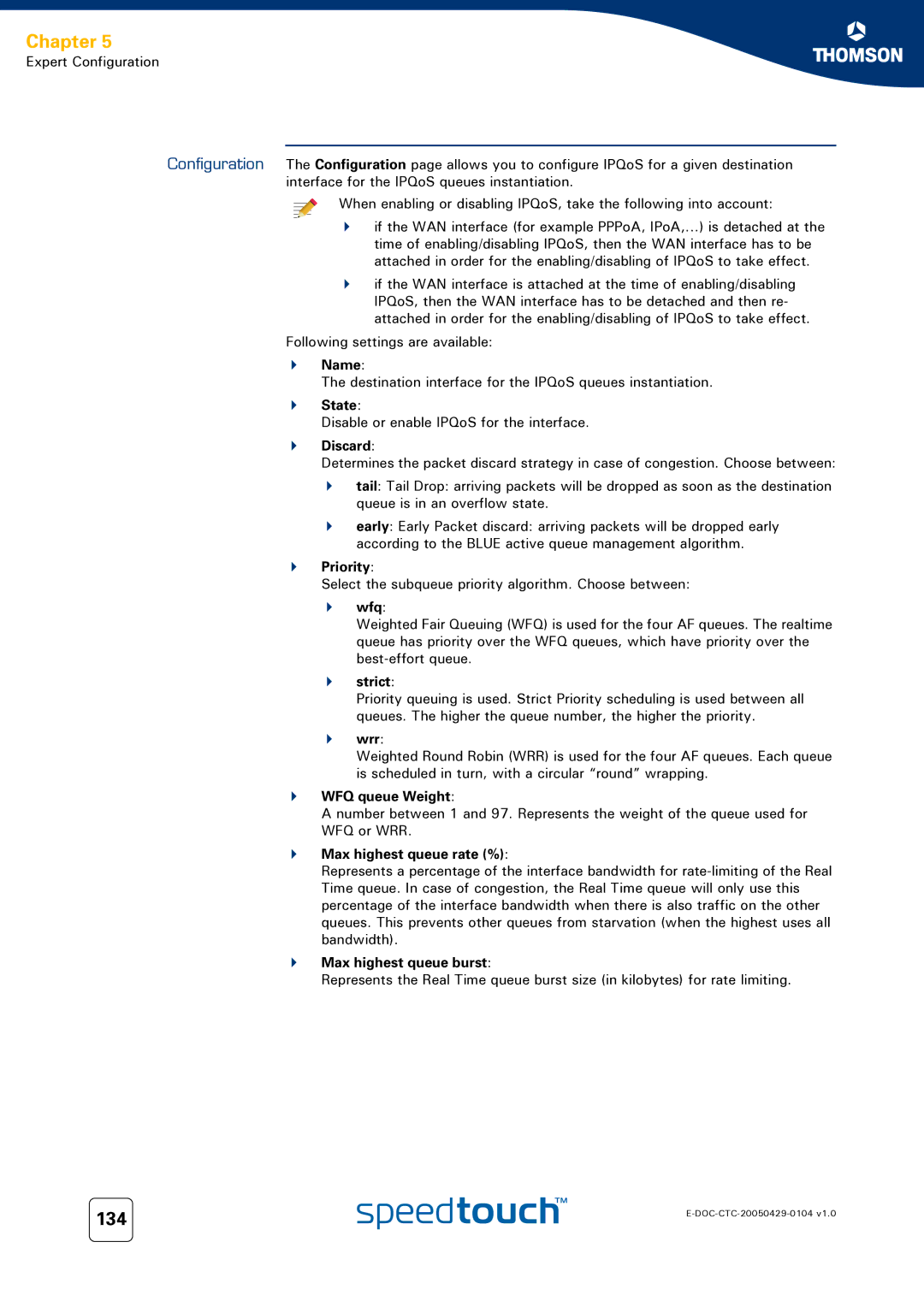608, 608 WL, 605, 620 specifications
Technicolor, a name synonymous with high-quality color film processes, has made strides in the realm of consumer electronics with its line of set-top boxes. Among these products, the Thomson 605, 608, 608 WL, and 620 models stand out due to their impressive features and technologies that cater to modern viewing demands.The Thomson 605 model is recognized for its robust performance in receiving digital broadcasting signals. It supports high-definition (HD) video output and comes equipped with multiple connectivity options, including HDMI and composite outputs, making it versatile for various display types. The user interface is intuitive, facilitating easy navigation through channels and settings.
Moving to the Thomson 608, this model enhances the viewing experience with integrated interactive features. It includes a built-in electronic program guide (EPG), allowing users to access program schedules and set reminders. The 608 also showcases advanced video processing capabilities, ensuring optimal picture quality and minimal latency. Its compatibility with multiple video formats makes it a favorite for those who appreciate content variety.
The Thomson 608 WL variant introduces wireless capabilities, eliminating the need for cumbersome cables. This feature allows for seamless streaming and access to online content, enabling users to enjoy a broader range of entertainment options. Its built-in Wi-Fi ensures stable internet connectivity, opening the door to apps and services for on-demand viewing.
The Thomson 620 takes innovation a step further with its support for 4K Ultra HD content. This model targets users who demand the highest resolution available, delivering stunning clarity and vibrant colors. The 620 is equipped with HDR (High Dynamic Range) technology, which significantly enhances contrast and color accuracy, making it ideal for watching films and sports.
Each of these Thomson models is characterized by their user-friendly interface, allowing for easy setup and operation. They all support various compression standards, ensuring an efficient use of bandwidth while maintaining high-quality transmission. Additionally, their energy-efficient designs help reduce power consumption without sacrificing performance.
In summary, the Technicolor Thomson 605, 608, 608 WL, and 620 models represent a blend of technological advancement and user-centric features. They cater to diverse viewing preferences, from traditional broadcasting to cutting-edge 4K streaming, making them exceptional choices for modern media consumption.

